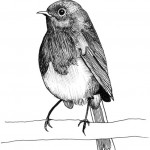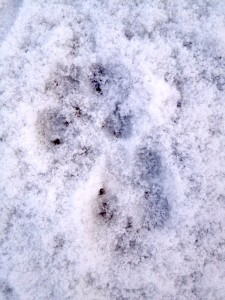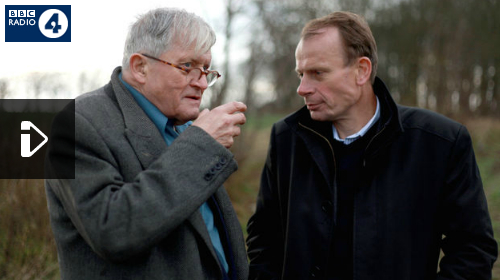This week involved a trip so brief, bizarre and beautiful it seemed almost dreamlike. I was asked to write a feature for Crufts Magazine that required I spent 24 hours in deepest, darkest Scotland in the company of a couple of dog sled racers and their thirty Siberian huskies.
The journey north was fairly arduous and involved an evening train ride to Edinburgh before I hired a car and navigated the hour and a half through driving snow to a remote area of Perthshire. The final miles were in complete darkness with just the snowfall and black sky. As the Scots pine closed in around the single track road, Highland cattle wandered across casually out of the trees, their caramel, shaggy coats with a fresh crust of white.
 The accommodation was basic (a cabin) and cold, but the welcome from owners John and Mary warm and whisky fuelled. At dawn we were up to see a copper and duck-egg blue sunrise glowing over the white landscape and dark tree tops.
The accommodation was basic (a cabin) and cold, but the welcome from owners John and Mary warm and whisky fuelled. At dawn we were up to see a copper and duck-egg blue sunrise glowing over the white landscape and dark tree tops.
The husky racing was thrilling to behold and I have never seen animals happier; it is as if running with a sled somehow scratches an itch that would otherwise drive huskies mad. After an hour or two watching these furry athletes accelerating into the trees, my gaze was drawn to the snow beside the trails. Near the dogs’ unmistakable prints, I noticed other tracks. Rabbits had been lolling through the snow and, close by, another dog-like animal had taken a keen interest.
 Joined by John and Mary’s toddlers, I followed the fox tracks up and into the thick Scots pine. A carpet of pine needles was disrupted in places by roe deer tracks and we started to see the mini motorways used by the animals that call the woods home. Footprints, chewed stems, pine cones nibbled by the red squirrels; the joy of animal tracking is piecing together the stories that unfold in such places. By taking the time to walk away from the usual trails, slow down and read the ground around us, we enter into a new way of looking and relating to the landscape.
Joined by John and Mary’s toddlers, I followed the fox tracks up and into the thick Scots pine. A carpet of pine needles was disrupted in places by roe deer tracks and we started to see the mini motorways used by the animals that call the woods home. Footprints, chewed stems, pine cones nibbled by the red squirrels; the joy of animal tracking is piecing together the stories that unfold in such places. By taking the time to walk away from the usual trails, slow down and read the ground around us, we enter into a new way of looking and relating to the landscape.
Once they had learnt what each was, it was lovely to see the kids picking out the prints for ‘Mr. Fox’. In our chapter on animal tracking in the book, we discuss how tracking elicits a physiological as well as psychological change, one that brings us closer to every landscape. We connect on another level, down amongst the leaves. Perhaps at the heart of this ancient art is this sense of ‘becoming’ with the landscape and its inhabitants. Their natural inquisitiveness sparked off a wonderful creativity. They told me about their favourite ‘rooms’ in the woods and where they met ‘the leprechauns’ for dinner. I asked what other creatures they’d met in the woods and their answer stopped me in my tracks: ‘big cats’.
I studied the snow and mud even more intently as we drifted back to the husky trails. A noise from the hill behind and John came whizzing past with a dog team of six, the huskies bounding en masse in perfect synchronicity, ears pinned back, tongues wagging. Later, over tea, John and I talked about his children’s wonderful playground and I related the beauty of their imaginary worlds, mentioning the stories of big cats. “Ah.” said John. “That bit wasn’t a story.”
– Rob –




